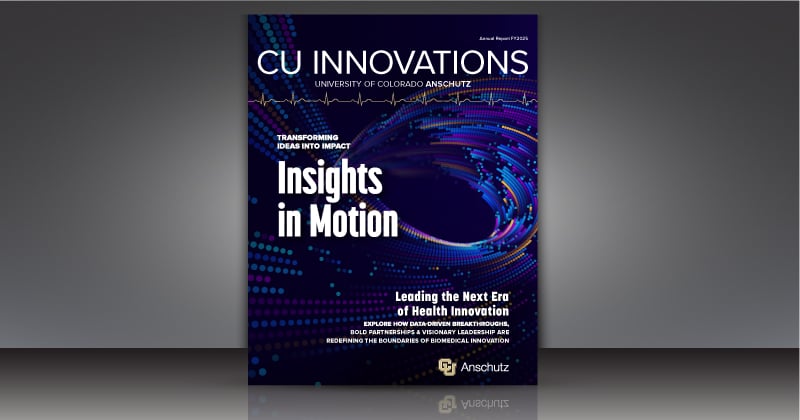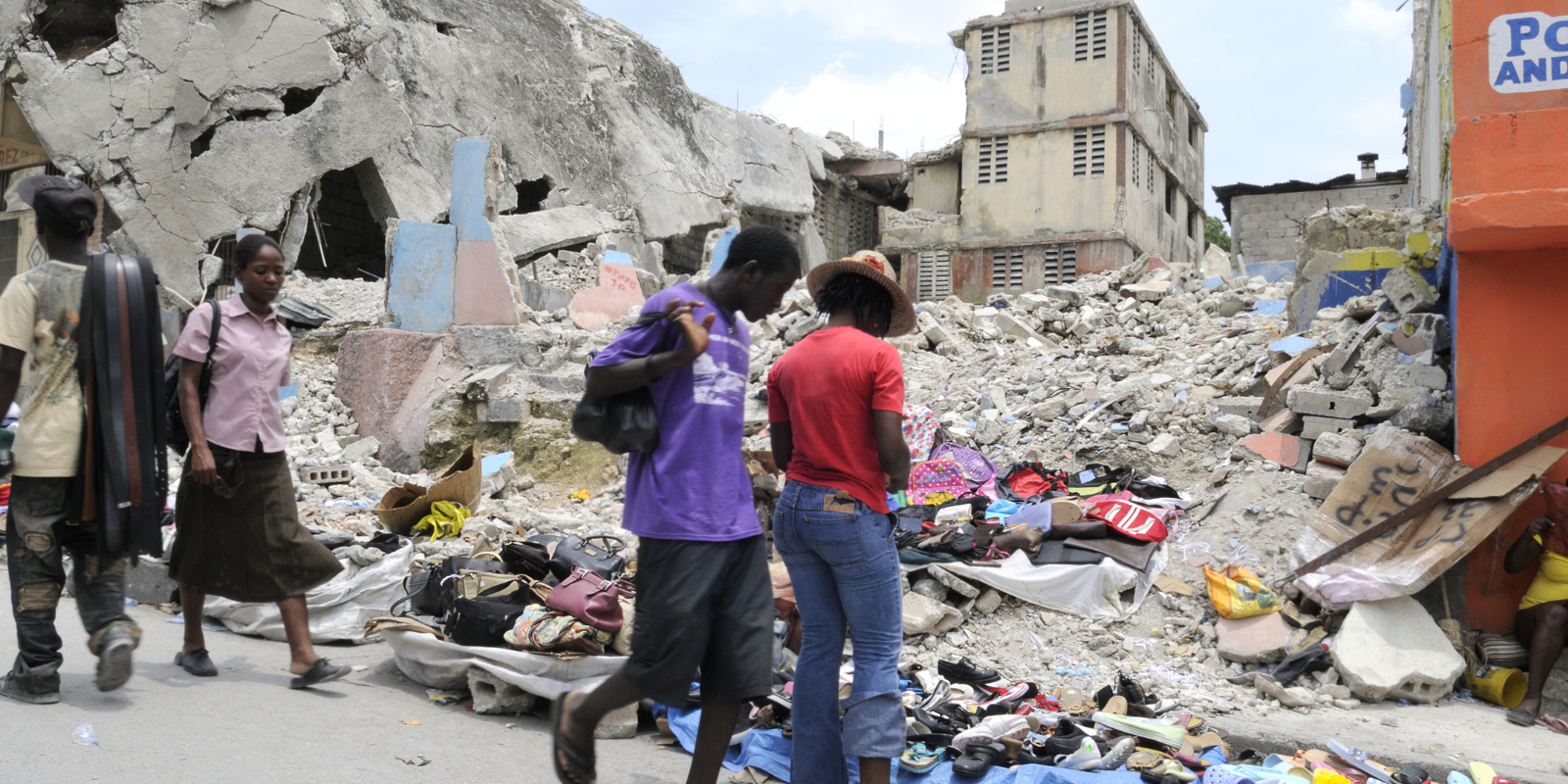What exactly is herd immunity?
Herd immunity is one of the terms that has been abused fairly regularly by a lot of people. It seems as though people think it means the level of immunity in which an infection disappears. Actually, herd immunity means the level of immunity within the community that allows the blockade of transmission sufficiently to protect the unvaccinated. That’s the technical definition of it. You can get immunity either by exposure to the infection and recovering, vaccination, and the combination of those two things.
It can also be generally used for the idea of enough immunity within a local community that you only have sporadic outbreaks, but you never have massive spikes in infections, or large pandemic-like instances. You have local and limited outbreak, at most.
Is there a point at which someone could have 'super-immunity' from COVID-19? For example, someone gets vaccinated, boosted, catches and recovers from COVID.
The more appropriate term to use is “hybrid Immunity.” Yes, it’s stronger and more durable, but then so is getting two different vaccines. Both are effectively using a method of vaccination known as heterologous prime-boost … meaning, prime up your immunity with one type of exposure/vaccination, then hit it again with a different exposure/vaccination. In the Venn diagram of both encounters, the only thing in the overlapping region is the target against which you want the most immunity, in this case, the spike protein on the surface of SARS-CoV-2.
There are usually two benefits to hybrid immunity. One is that it takes longer for immunity to wane than it does for someone who has had just one vaccine. Second, it tends to provide better protection against new variants like omicron. Besides durability, there are also some benefits to one’s breadth of immunity. But this does not mean that anyone with hybrid immunity is forever immune to SARS-CoV-2.
We were told when the pandemic began that once we reached herd immunity, it would be over. Why did that never happen?
| Definitions |
|
Super-immunity: or hybrid immunity, priming up your immunity with one type of exposure/vaccination, and then getting a different exposure/vaccination.
Herd immunity: the level of immunity within the community that protects those who are not vaccinated.
Endemic: an infection becomes endemic when we have a reasonable amount of control so that the worst one might anticipate is the occasional limited outbreak or two.
|
The reasons are manifold. One is just the overall level of transmission that occurred was high enough to allow the virus to really breach into all corners of society. The original SARS virus flared and then was tamped down for a number of reasons, one of which was that it was much more lethal. Viruses actually don't really “want” to do that, because it burns through the infected host faster than it can sustain its transmission to someone else.
That and its contagiousness helped it spread so quickly and so broadly. Its propagation and the ongoing nature of the pandemic have been largely fueled by the unvaccinated or non-immune community. We've more recently gotten a higher level of breakthrough infections, particularly with omicron, but the rate of transmission downstream of those who are immune, either through vaccination or prior exposure, isn't really sufficient to fully sustain an epidemic/pandemic.
Is there a specific number or percentage of vaccinated people that we are trying to reach where herd immunity might actually be possible?
That's a really good question. Omicron looks like it’s second only to the transmissibility of measles. Current estimates for omicron are that one infected person can pass the infection to eight to 15 more people. This is what’s known as the R0 (pronounced “R Naught”) of the virus. For omicron, it’s a broad range at the moment, but it’s certainly a step less than measles, which has an R0 of 15 to 18. We do know that community levels of immunity to measles needs to be around 95% to prevent outbreaks, which is incredibly high. Early estimates of what SARS-CoV-2 would need for herd immunity was 75% or 80%, but that was based on earlier strains like Wuhan, alpha or even delta, which were considerably lower in infectivity than omicron. So, every time we get a new variant that has better transmissibility, that does significantly affect that number we should probably be aiming for in order to fully suppress anything but random outbreaks. That said, a lot of scientists are estimating that we are heading toward upward of 80% to 85% of the public having some degree of immunity against SARS-CoV-2, and that this will be enough to pave the way out of the pan/epidemic phase of the virus.
Is there any hope that the pandemic will end anytime soon?
Yes, there is hope. We have four seasonal coronavirus strains, right? There are four different types of coronavirus that we regularly deal with. And you've probably had most of them, at one time or another, and those all probably started at a much higher level of lethality and worked their way into a place in which their level of infectivity and the degree to which they were lethal was substantially mitigated compared to where it started from.
In terms of what omicron signifies for the pandemic, there are two trains of conversation going on at the same time. One is that omicron is milder and more infective, but it's maybe what was needed: a less lethal virus that spreads easily and therefore affects broad immunity enough to get us to the level needed for control of the pandemic.
And then there's another one that says this could all go to hell in a hand basket at any second. Just because omicron was less severe doesn't mean that the next variant will be. That's true. There are no guarantees. The flu has a reasonably steady level of lethality and then every now and then you spin out something like the 1918 version, right, and it kills 40 to 50 million people worldwide.
I think there’s a growing consensus that the first train of thought is the more probable. While of course it's always possible that some mutation could happen that would make the virus super lethal and dangerous, that’s not the most likely path forward. Conceivable, but not likely.
But this highlights a curious aspect of scientific opinion when publicly expressed. There's this tremendous inhibition to saying this isn't the beginning of the end, it's still terrible, mask up, hide, stay away. So, many scientists don't want to sound like they're giving any license for any alteration of behavior, but I'll happily go on record as saying ... I really do think this is clearly the beginning of the end. And it's not unreasonable to begin acting in a way that indicates we have confidence in the immunity that we have, the vaccines we have had, or the immunity that we've generated. Those factors are significant enough that they should begin to alter our public policies and public health mandates.
When, in your opinion, does a virus move from pandemic to endemic status, and are we approaching it?
There are a lot of questions about this, and some of it comes from a misunderstanding of the terms we use. A pandemic is simply an epidemic that crosses country boundaries, and an epidemic is a public health threat that is neither contained nor controlled. The only real difference between epidemic vs. endemic is control. Both are persistent, but in an endemic infection, we have a reasonable amount of control so that the worst one might anticipate is the occasional limited outbreak or two.
In some sense we really had the capacity to gain control over the pan/epidemic once we had approved vaccines onboard, and this only failed to move us smoothly into an endemic phase due to a deficiency in vaccine acceptance. As I mentioned before, as we come out of the omicron surge, estimates of SARS-CoV-2 immunity within the public are moving upward of 80%. That – along with the reduced virulence of omicron – have a lot of experts cautiously predicting/hoping that this does indeed mark the transition of managing SARS-CoV-2 as a pan/epidemic to a controlled endemic infection.
Do you have anything else that you want people to know about herd immunity or vaccines?
The vaccines have continued to protect against the most severe consequences of infection; regardless of the strain, regardless of the timing, regardless of anything really. So no matter what variant has popped up, it’s really worth emphasizing the fact that our tools continue to outperform our expectations. This point has never been more obvious than when you encounter a variant strain like omicron that seems so divergent, and yet still is being protected against by the vaccines. If you are the kind of person who gets distracted by changing rates of breakthrough infections within the vaccinated community, then you are looking at the wrong metric. Those hospitalized and dying are >95% unvaccinated. Anyone who looks down their nose at making a bet with more than a 95% chance of paying off needs to revisit the math they learned in grade school. These tools only work if you avail yourself of them.





